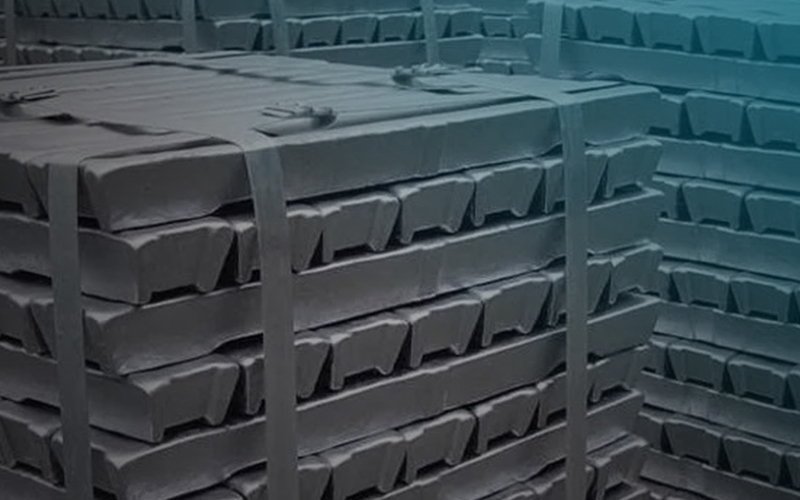
Ingredients / Composition
Arsenic alloys are typically created by combining arsenic (As) with metals to enhance properties like hardness, corrosion resistance, and conductivity. Common types include:
Copper-Arsenic Alloy (Arsenical Bronze):
Copper (Cu) – 90–95%
Arsenic (As) – 1–6%
Sometimes with small amounts of tin or lead
Lead-Arsenic Alloys:
Lead (Pb) – 90% +
Arsenic (As) – up to 10%
Used in battery grids, ammunition
Nickel-Arsenic or Iron-Arsenic Alloys (FeAs, NiAs):
Typically used in metallurgy or semiconductor fields
Usage of Arsenic Alloys
Metallurgy: Improves hardness, wear resistance, and corrosion resistance in copper and lead alloys.
Historical Use: Arsenical bronze (copper + arsenic) predates tin bronze and was widely used in ancient tools and weapons.
Electronics/Semiconductors: Gallium arsenide (GaAs) is used in high-speed electronics, LEDs, and solar cells.
Ammunition & Batteries: Lead-arsenic alloys are used in bullet jackets and battery plates for durability.
Glass & Ceramics: Arsenic oxides are used as a decolorizer or clarifying agent in glass production.
FAQ
Before tin was commonly available, arsenic improved copper’s strength and casting ability, making it a precursor to bronze in ancient times.
Yes, but due to its volatility at high temperatures, it's often added as arsenic oxide or arsenopyrite, especially during smelting.
Primarily in semiconductors (e.g., GaAs), batteries, and specialized metallurgy. GaAs is crucial in optics and RF electronics.



